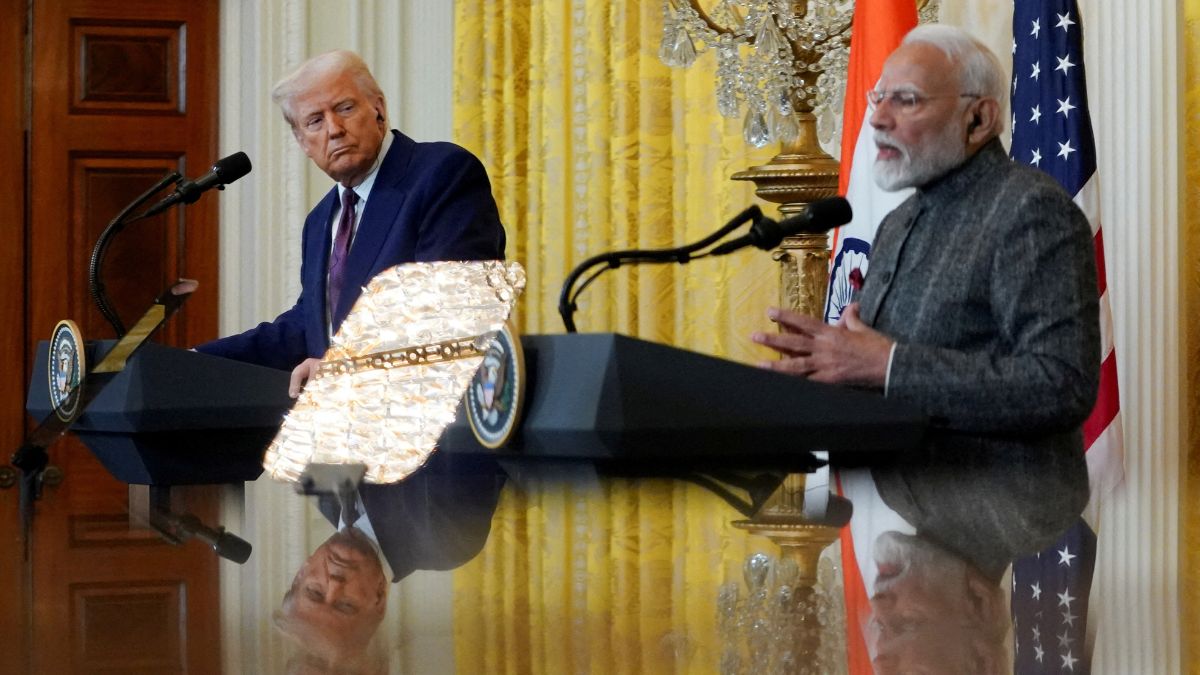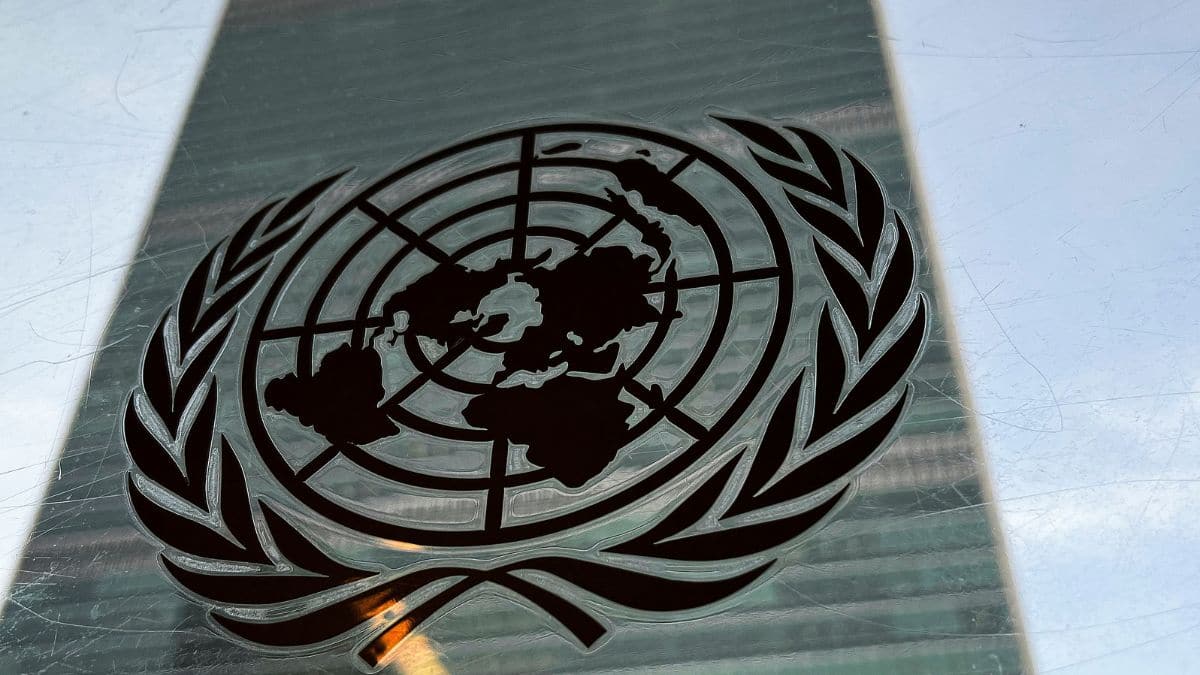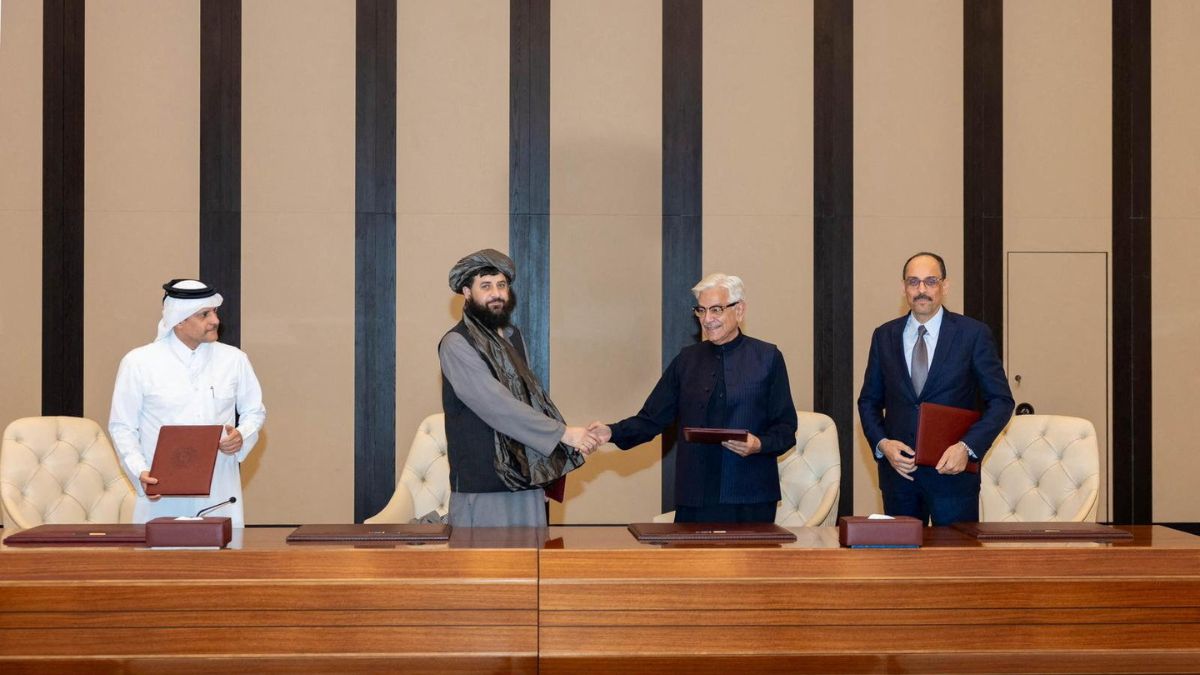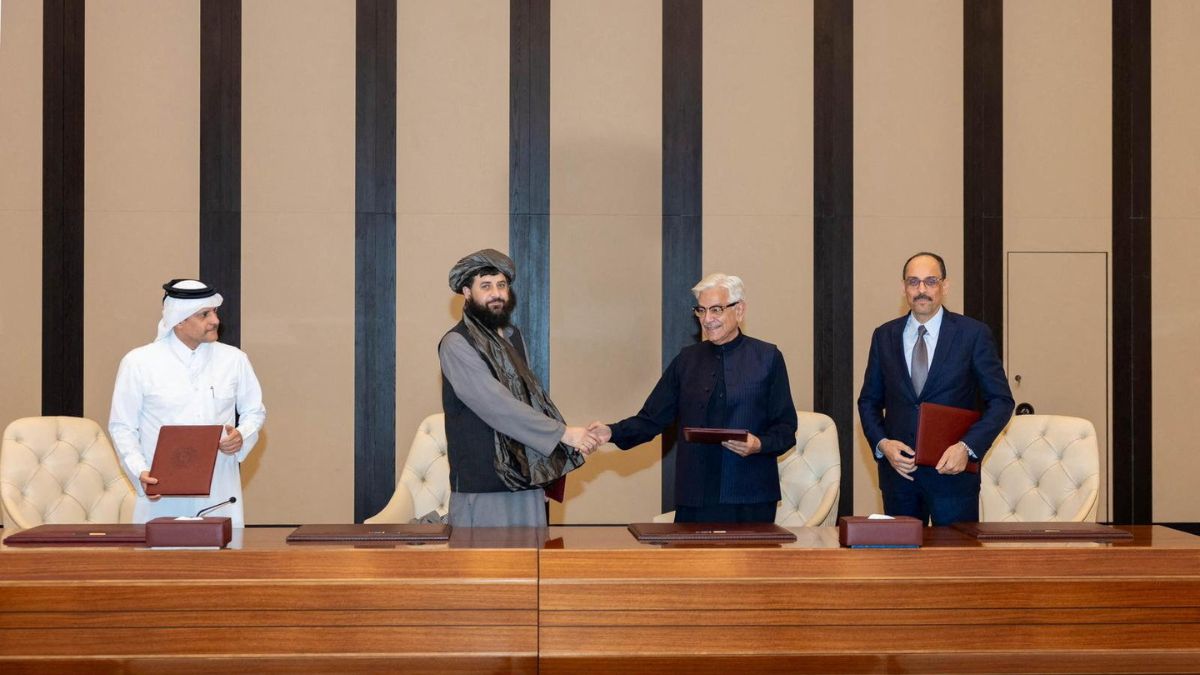The United States’ decision to impose direct sanctions on Russia’s two largest oil producers, Rosneft and Lukoil, represents a decisive intensification of economic pressure in the ongoing conflict between Moscow and the West. The designations, announced under the U.S. Treasury’s Office of Foreign Assets Control (OFAC), prohibit any transaction involving the sanctioned entities and their majority-owned subsidiaries. This step marks a transition from a framework based on tariffs and price caps to one of financial isolation. The impact of these sanctions extends beyond Russia’s domestic economy, shaping oil market dynamics, trade flows, and India’s evolving energy strategy.
The global oil market has displayed notable resilience in the face of these measures. Brent crude rose only modestly to approximately $66 per barrel, and forward prices for 2026 and 2027 remain stable. The International Energy Agency projects an oversupply of roughly four million barrels per day in 2026, exceeding Russia’s seaborne exports of about 3.5-4 million barrels. Spare capacity within OPEC, particularly from Saudi Arabia and the United Arab Emirates, and incremental production from Brazil and Guyana, provide additional buffers against price shocks.
China’s accelerated electrification has already displaced an estimated 1.5 million barrels per day of oil demand, further moderating global pressure on prices. The limited price reaction therefore reflects both structural supply elasticity and long-term demand substitution. Financial markets appear confident that Russian crude will continue to circulate, albeit through more complex and costly channels.
The internal economic environment in Russia has become increasingly fragile. The Bank of Russia reduced its policy rate by 50 basis points to 16.5 per cent in its October meeting while simultaneously revising its inflation forecast for 2026 to between 4-5 per cent. This adjustment, though modest, signals a deteriorating macroeconomic outlook characterised by slower growth, high inflation expectations, and continued fiscal dependence on hydrocarbon revenues. Oil and gas taxes generate approximately one quarter of federal income. A sustained widening of the Urals-Brent differential by $5 per barrel would erode annual fiscal receipts by more than $10 billion.
Impact Shorts
More ShortsEvidence from previous sanctions episodes suggests that production volumes will persist despite financial strain. Parallel trade systems involving re-flagged vessels, ship-to-ship transfers, and non-dollar clearing mechanisms have already been institutionalised. Russia’s so-called shadow fleet now moves nearly 15 per cent of global seaborne crude. The sanctions are therefore expected to compress margins rather than curtail exports completely.
India has emerged as one of the largest importers of Russian crude since 2022, purchasing approximately 1.6 to 1.8 million barrels per day, equivalent to one-third of its total oil requirements. This shift was not an act of defiance but a response to circumstances encouraged by the West. In the aftermath of the first wave of sanctions on Russia, Western governments promoted the G7 price-cap mechanism at $60 per barrel to maintain global supply stability and prevent an oil price shock. India, acting within this framework, became a principal buyer of Russian crude, ensuring continuity in global flows and price moderation.
The latest OFAC sanctions now require Indian refiners to terminate all contracts with Rosneft, Lukoil, and their subsidiaries by November 21. Refiners are preparing to reallocate supply toward Middle Eastern, African, and U.S. grades. This adjustment will raise procurement and freight costs but remains within India’s macroeconomic tolerance.
State-owned refiners, which maintain diversified supply sources, will adapt with relative ease. Private refiners such as Reliance Industries and Nayara Energy, which are more dependent on Russian grades, face greater logistical and compliance costs but possess the operational flexibility to adjust within a few quarters.
The sanctions coincide with renewed discussions on bilateral trade normalisation between New Delhi and Washington. Analysts at Nomura argue that India’s gradual withdrawal from discounted Russian oil may be offset by potential reductions in U.S. tariffs. Lowering the average American tariff on Indian goods below the ASEAN benchmark of 19-20 per cent would restore competitiveness for labour-intensive exports and mitigate the marginal GDP impact of higher energy costs. The removal of the 25 per cent punitive levy imposed earlier in connection with Russian oil purchases would also signal a return to a cooperative trade environment.
Such realignment would advance India’s long-term objective of balancing energy diversification with enhanced market access. It would also strengthen economic interdependence between the two democracies at a time when both are seeking to recalibrate supply chains and trade flows in response to global volatility.
At the same time, these sanctions also offer India a strategic window to gradually reduce its dependence on Russian crude without triggering diplomatic friction. New Delhi can now comfortably frame its diversification as a response to global sanctions rather than depicting it as a realignment away from Russia.
China has adopted a more cautious but calculated stance. State-owned refiners have temporarily suspended seaborne imports from sanctioned Russian entities, although pipeline flows of approximately 0.8 million barrels per day continue under existing long-term contracts. Independent refiners, often referred to as “teapots”, are likely to re-enter the market through indirect or blended cargo arrangements once enforcement patterns become clearer. China has simultaneously accelerated the accumulation of its strategic petroleum reserves, now operating at about 60 per cent capacity, using the current price environment to expand storage. These measures demonstrate Beijing’s intent to strengthen energy security rather than confront U.S. sanctions directly.
Russia will continue to export through alternative channels, China will use the disruption to expand reserves, and India will diversify its supply portfolio with limited macroeconomic disruption. The broader consequence is strategic rather than economic. The decision to penalise partners before producers has undermined a policy framework that initially sought to maintain market stability through coordinated burden-sharing. The United States’ approach toward its allies risks damaging relationships that are central to the long-term balance of the global energy order.
The author (X: @adityasinha004) writes on macroeconomic and geopolitical issues. Views expressed in the above piece are personal and solely those of the author. They do not necessarily reflect Firstpost’s views.


)

)
)
)
)
)
)
)
)



